Species at Risk | Stewardship Practices
Many landowners in British Columbia have taken steps to protect species at risk in their area by following best management practices. These stewards have taken it upon themselves to restore degraded ecosystems and provide valuable habitat for wild species on the properties they own or manage. Visit our Stewardship Practices Case Studies page for specific examples of actions they took.
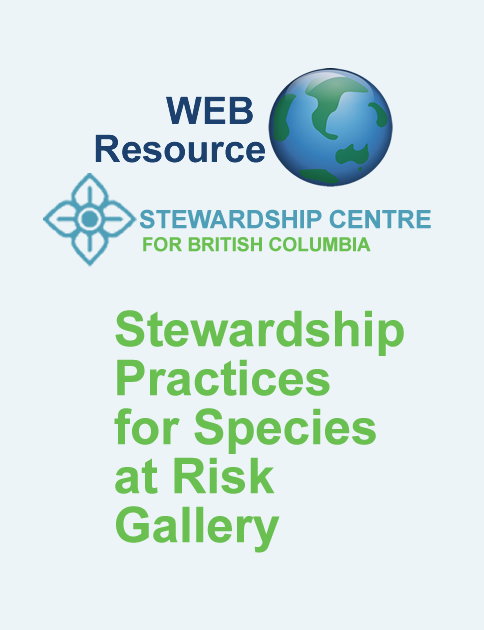
The Stewardship Practices guides for species at risk and wildlife present examples of good stewardship practices that address major threats to species.
The guides encourage people to take voluntary stewardship actions, called stewardship practices, to safeguard wildlife and species at risk. Stewardship can be broadly defined as an ethic that promotes the responsible use, protection, and management of the natural environment through conservation and sustainable best practices.
The guides are designed to provide:
- Private landowners with information they can use to inform their actions to conserve wildlife and species at risk.
- Information for local governments to use in developing mechanisms to help protect wildlife and species at risk.
- Information for conservation and stewardship organizations that can facilitate their work.
Click on the links below for PDF versions of the guides.
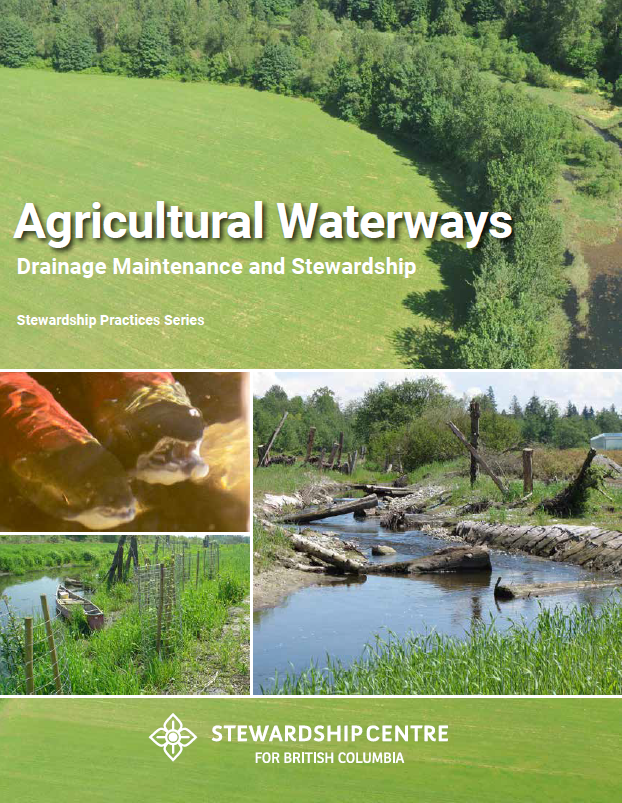
Among other things, this guide provides industry-specific stewardship practices that the agricultural sector can consider when making land-use decisions and developing land management plans.
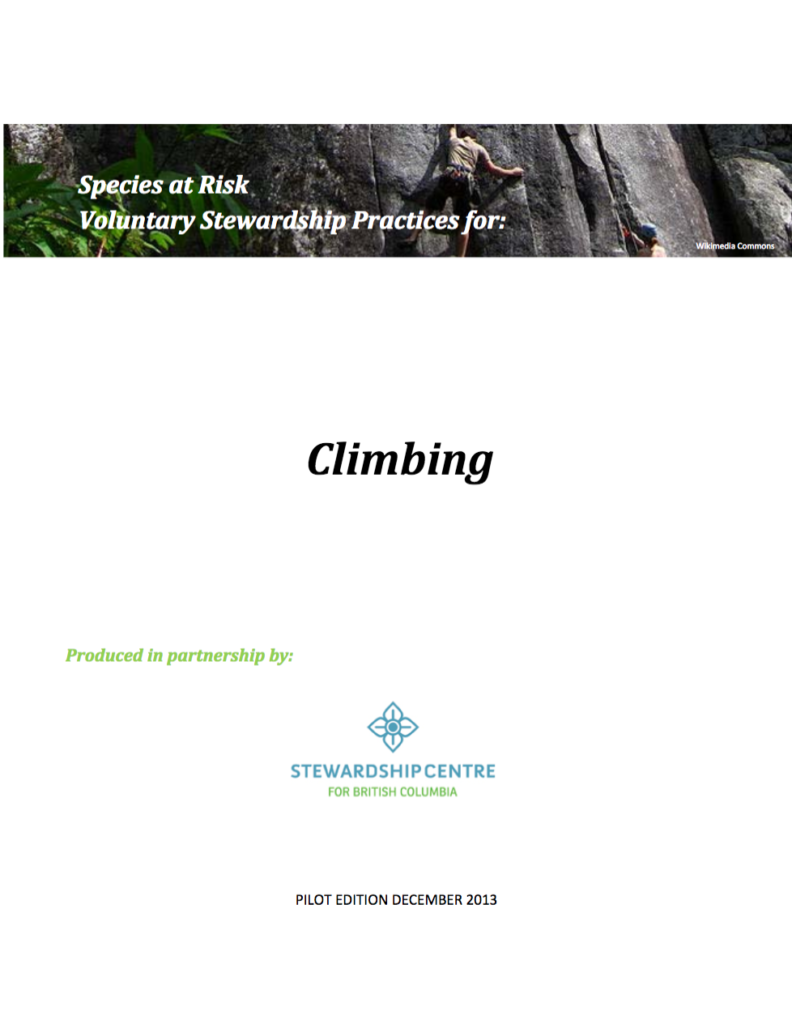
The number of people climbing or participating in other outdoor sports has increased significantly. This guide outlines some practices climbers and the climbing community may take to lessen their impact on species diversity.
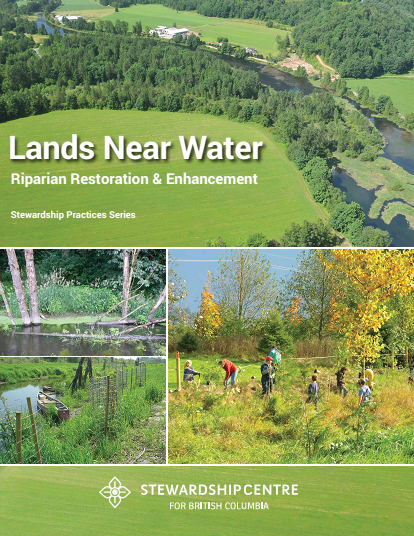
Practicing stewardship to protect and enhance riparian areas on the land benefits the landowner and their communities, as well as species at risk and other wildlife. Learn how caring for lands near water can lessen impacts on species at risk.
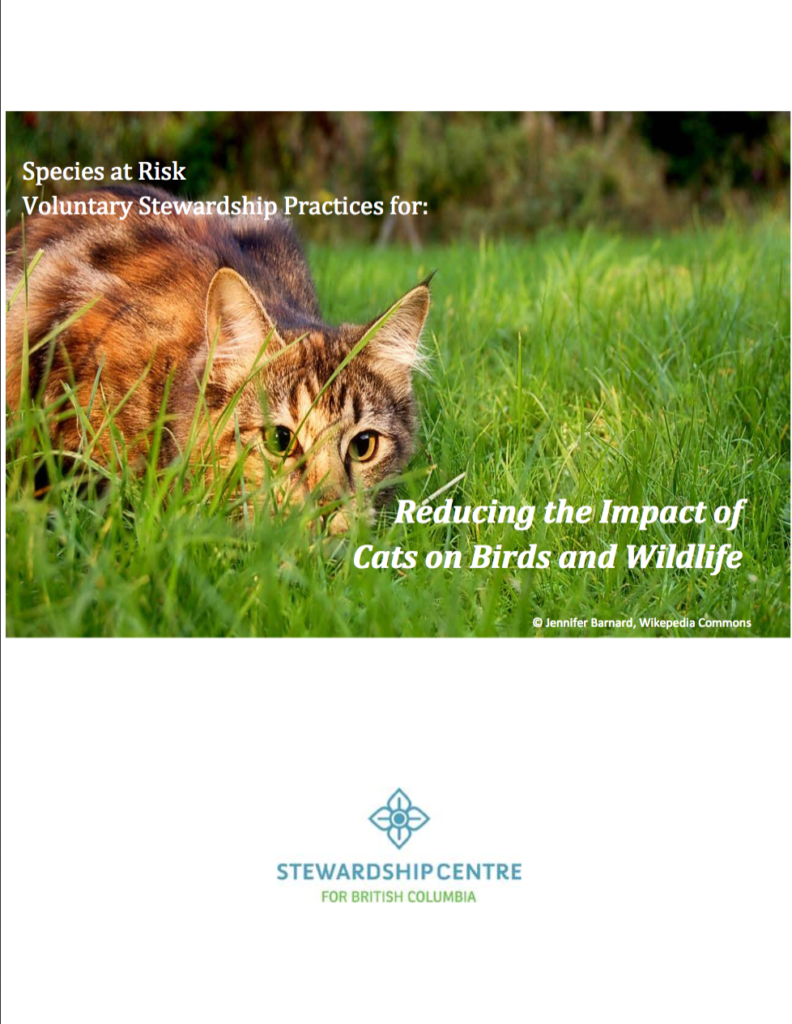
There are two types of cats that impact birds and wildlife: pets that are allowed to roam freely and feral cats. They differ in their habitat use and behaviour and consequently different stewardship practices are
needed to help protect wildlife.
